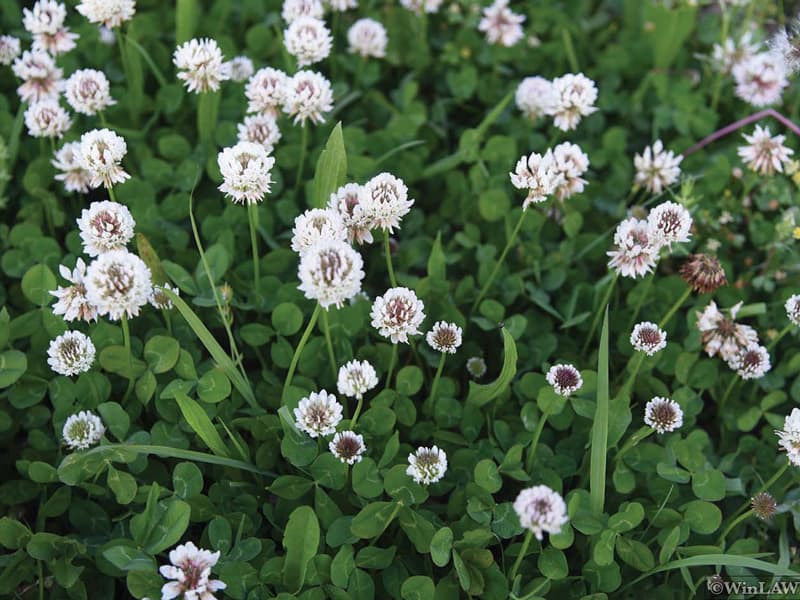How to Get Rid of White Top Weed
White top weed, also known as hoary cress, is an invasive plant that can quickly take over gardens and yards. Originally from Asia, this noxious weed was introduced to North America in the late 1800s as a contaminant in alfalfa seeds. With its extensive root system and prolific seed production, white top is very difficult to control once established. However, with persistence and an integrated approach, it is possible to get rid of white top weed.
Identifying White Top Weed
The first step is learning how to identify white top weed. This perennial plant grows up to 2 feet tall with hairy stems and leaves. The flowers have four white petals and bloom from May to June. White top spreads aggressively both by seeds and creeping roots that can reach over 20 feet in length. A single plant can produce up to 4800 seeds per year. It’s critical to identify and remove white top early, before the roots become too established.
Cultural Control Methods
For small infestations, manual removal may be effective. However at least 75% of the plant’s biomass is below ground so all of the root system must be removed. The plant breaks off easily at the base, but be sure to dig down 6-12 inches to extract the entire taproot. Regular cultivation every 10-14 days in spring and summer will help deplete root reserves. Mowing is not recommended since it spreads seeds. Solarization using clear plastic mulch for a full growing season has also shown some success in controlling white top weed. Just be sure to overlap and seal the edges so there are no gaps for light or air.
Biological Control Options
Currently, there are no insect biocontrols approved for use against white top weed in North America. Grazing with sheep or goats may provide some control, but livestock tend to avoid white top after the plants bolt. The plant also contains harmful compounds that can be toxic to cattle if consumed in large amounts. Further research is needed to develop an effective biological control agent for this invasive weed.
Herbicide Recommendations
For heavy infestations, herbicide application provides the most effective control. Glyphosate products like Roundup can be applied in spring or fall. Products with the active ingredients chlorsulfuron, metsulfuron-methyl, aminocyclopyrachlor or aminopyralid are also effective. Always follow label directions, as improper application can cause resistance. It often takes multiple yearly applications to fully eradicate white top from an area. Combining chemical control with other methods like cultivation, mulching or grazing provides the best results.
Preventing Spread
Vigilance is key to preventing white top from invading new areas. Monitor for any new plants along field edges or ditches. Clean equipment thoroughly after working in infested areas to avoid transporting seeds or root fragments. Do not move soil, gravel or hay from areas with known white top infestations. Maintain healthy plant communities to resist invasion. Quickly treat any new white top incursion before it can become established.
With patience and persistence, it is possible to reduce or even eliminate white top weed from your property. An integrated plan using manual removal, soil solarization, judicious herbicide use and prevention can get rid of this noxious invader. Check areas regularly, especially in spring, to catch any new seedlings before extensive roots develop. Though challenging, with a commitment to monitoring and timely treatment, you can reclaim your yard from white top weed.
How to Control Whitetop Weed
FAQ
What kills white top weed?
Is whitetop weed poisonous?
How to get rid of white flower weeds?
Can you get rid of white mold on weed?
- A Complete Guide to Caring for Yuki Cherry Blossom Shrub - January 23, 2025
- Identifying Red Hot Poker Seeds: What to Look For When Harvesting Torch Lily Pods - January 23, 2025
- A Complete Guide to Harvesting Evening Primrose Seeds - January 23, 2025

